Flushing old pills down the toilet might feel like the easiest way to get rid of them, but it’s not harmless. Every time you flush a medication, you’re sending chemicals into rivers, lakes, and even your drinking water. These aren’t just traces-they’re active drugs that don’t disappear. Fish in Australian waterways have shown signs of hormonal disruption. Frogs have developed male reproductive organs after exposure to estrogen from birth control pills. And antibiotic residues in the water are helping bacteria become stronger, making infections harder to treat in humans. The problem isn’t just about what you flush-it’s about how little most people know about what happens next.
Why Flushing Medications Hurts the Environment
Most medications aren’t fully absorbed by your body. About 70% of the active ingredients pass through you and end up in sewage. But flushing adds another layer of contamination directly into the system. Wastewater treatment plants weren’t built to remove these tiny chemical molecules. They’re designed to catch solids, kill bacteria, and remove nutrients-not dissolve pills. As a result, drugs like ibuprofen, acetaminophen, and antidepressants flow out of treatment plants and into rivers and streams. In Melbourne, where stormwater drains often feed directly into the Yarra River, even small amounts of pharmaceuticals can build up over time. Studies from the U.S. Geological Survey found pharmaceuticals in 80% of tested waterways across the country. Similar patterns show up in European and Australian water systems. One study in Connecticut found acetaminophen levels in landfill leachate as high as 117,000 nanograms per liter. That’s not a typo. That’s 117 times higher than what’s typically found in treated wastewater. The real danger isn’t just the drugs themselves. Some break down into even more toxic byproducts. Diclofenac, a common painkiller, turns into compounds that harm fish gills and liver tissue. Antibiotics like ciprofloxacin linger long enough to encourage resistant bacteria. These bugs don’t care if they’re in a river or a hospital-they spread. And once they do, they make common infections harder to treat.What Happens When You Throw Medications in the Trash
Some people think tossing pills in the bin is better than flushing. It’s not much better. Medications in landfills can leach into groundwater, especially in older sites without proper liners. Rainwater washes through piles of expired pills, picks up chemicals, and carries them into soil and aquifers. In rural areas with septic systems, the risk is even higher. Septic tanks aren’t designed to break down pharmaceuticals either. In fact, some research suggests they’re worse than municipal systems for certain compounds. And here’s the kicker: even if you mix pills with coffee grounds or cat litter before tossing them, you’re still putting toxins into the ground. That’s why the EPA recommends this method only as a last resort-when no take-back program is available. It reduces the chance someone might dig them out and misuse them, but it doesn’t stop environmental damage.The FDA’s ‘Flush List’-What’s Safe and What’s Not
The FDA once told people to flush certain medications to prevent overdose and abuse. Their list included powerful opioids like fentanyl patches and oxycodone tablets because the risk of accidental poisoning-especially in kids or pets-was higher than the environmental risk. That list still exists, but it’s tiny. Only 15 medications are on it as of October 2022. Most drugs you own are not on that list. If your medication isn’t named there, don’t flush it. The FDA updated the list in 2022, removing two drugs and adding three new opioids based on new data. But most people don’t know the list exists, let alone what’s on it. Don’t assume your prescription is safe to flush just because your doctor didn’t say otherwise. Always check the patient information sheet or call your pharmacist. If you’re unsure, treat it as if it’s not on the list. Better safe than sorry.
Take-Back Programs: The Best Option (If You Can Find One)
The cleanest, most effective way to dispose of unused medications is through a take-back program. These are drop-off points at pharmacies, hospitals, or police stations where collected drugs are incinerated under controlled conditions. No chemicals enter the water. No toxins leak into soil. They’re destroyed safely. In Australia, programs like the National Drug Take Back Day run twice a year, hosted by the Therapeutic Goods Administration and local councils. But permanent drop-off locations? They’re rare. Only about 15% of Australian towns have a year-round collection site. In Melbourne, you might find one at a major pharmacy chain like Chemist Warehouse or a few hospitals, but you’ll likely need to drive. That’s a barrier for elderly people, those without cars, or low-income families. The U.S. has over 2,000 authorized collection sites, but they’re mostly in cities. Rural areas are left out. The same pattern shows up here. And even when sites exist, awareness is low. Only 30% of people know they’re available. That’s why participation rates stay below 20%.What You Can Do Right Now
You don’t need to wait for a government program to fix this. Here’s what works:- Check your local council’s website-many run seasonal take-back events. In Melbourne, the City of Yarra and Boroondara have hosted collection days in spring and autumn.
- Call your pharmacy. Some independent pharmacies accept returns even if they’re not officially listed. Ask.
- Don’t stockpile. Buy only what you need. If your doctor prescribes a 30-day supply, ask if you can start with a 7-day trial. Unused pills are the root of the problem.
- Use the ‘mix and trash’ method only if nothing else is available. Mix pills with used coffee grounds, kitty litter, or dirt. Put them in a sealed container. Toss in the bin. This doesn’t solve environmental harm, but it prevents accidental poisoning.
- Ask your doctor about digital prescriptions. Some clinics now offer e-scripts that let you order only what you need, reducing surplus.
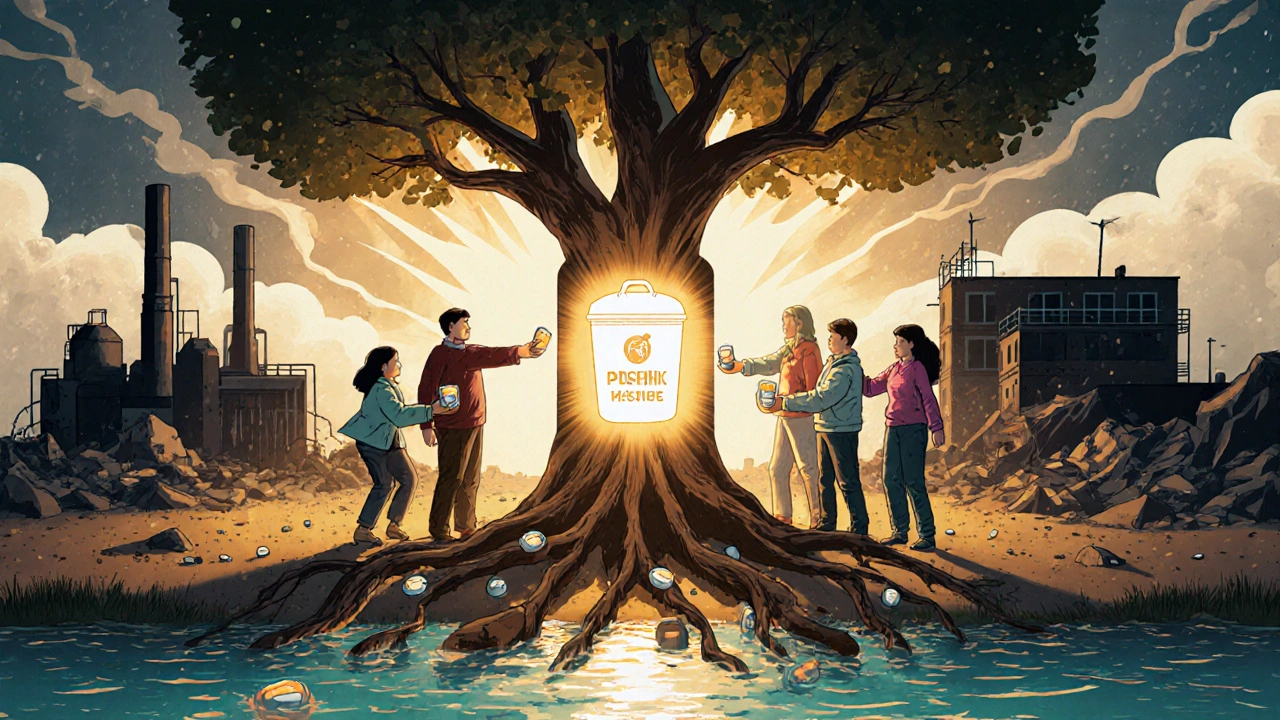
The Bigger Picture: Who’s Responsible?
This isn’t just your problem. It’s a system failure. Pharmaceutical companies make billions selling drugs, but rarely pay for their disposal. The European Union made manufacturers fund take-back programs through Extended Producer Responsibility (EPR) laws. Australia doesn’t have that yet. California passed a law in 2024 requiring pharmacies to give disposal info with every prescription. That’s progress. Meanwhile, wastewater treatment plants are starting to test new technologies-ozone filters, activated carbon, advanced oxidation. These can remove up to 95% of pharmaceuticals. But retrofitting a plant costs between half a million and two million dollars. No city wants to spend that unless forced. The real solution? Prevention. Fewer unused pills mean less pollution. Better prescribing. Patient education. Clear labeling on bottles. And a cultural shift: stopping the idea that ‘more medicine is better.’What’s Next?
You can’t fix this alone. But you can be part of the change. Start by cleaning out your medicine cabinet. Check expiration dates. Look up your nearest take-back option. Talk to your pharmacist. Tell a friend. Share this info with your community group or local council. Pressure them to make permanent drop-off sites available. The science is clear. The alternatives exist. What’s missing is action. Every pill you dispose of properly is one less chemical entering our water. One less fish with damaged reproductive organs. One less chance for superbugs to evolve. It’s not about perfection. It’s about progress. And it starts with what you do today.Is it ever okay to flush medications?
Only if the medication is on the FDA’s official flush list-which includes only 15 high-risk opioids like fentanyl and oxycodone. These are the only drugs where the risk of accidental overdose outweighs the environmental risk. For all other medications, flushing is not recommended. Always check the patient information leaflet or ask your pharmacist before flushing anything.
Can I just throw pills in the regular trash?
It’s better than flushing, but not ideal. Medications in landfills can leach into groundwater over time. If you must dispose of them this way, mix them with something unappealing like coffee grounds or cat litter, seal them in a plastic container, and throw them in the bin. This reduces the chance of misuse but doesn’t stop environmental contamination.
Are take-back programs available in Melbourne?
Permanent drop-off locations are limited, but seasonal take-back events are held twice a year across Melbourne suburbs, often organized by local councils or pharmacies like Chemist Warehouse. Check your council’s website or call your local pharmacy to find upcoming collection dates. Some hospitals and police stations also accept returns.
Why can’t wastewater treatment plants remove these drugs?
Traditional treatment plants are designed to remove solids, bacteria, and nutrients-not tiny, complex chemical molecules like pharmaceuticals. These drugs pass through unchanged and end up in rivers and lakes. Even advanced treatments like ozone or activated carbon can remove 85-95% of them, but those systems are expensive and not widely installed.
What’s the biggest source of pharmaceutical pollution?
The biggest source is human excretion-about 70% of unused drugs leave the body unchanged and enter sewage naturally. Flushing adds to the problem, but it’s a smaller portion. Still, improper disposal contributes to concentrated pollution in landfills and waterways, and it’s completely preventable. Reducing unused medications at the source is the most effective long-term solution.
Do expired medications lose their effectiveness and become safe to flush?
No. Expired medications may lose potency, but the active chemicals are still present and can harm the environment. Flushing them doesn’t make them safer-it just spreads them into water systems. Always dispose of expired drugs the same way as current ones: through take-back programs or the mix-and-trash method if no other option exists.

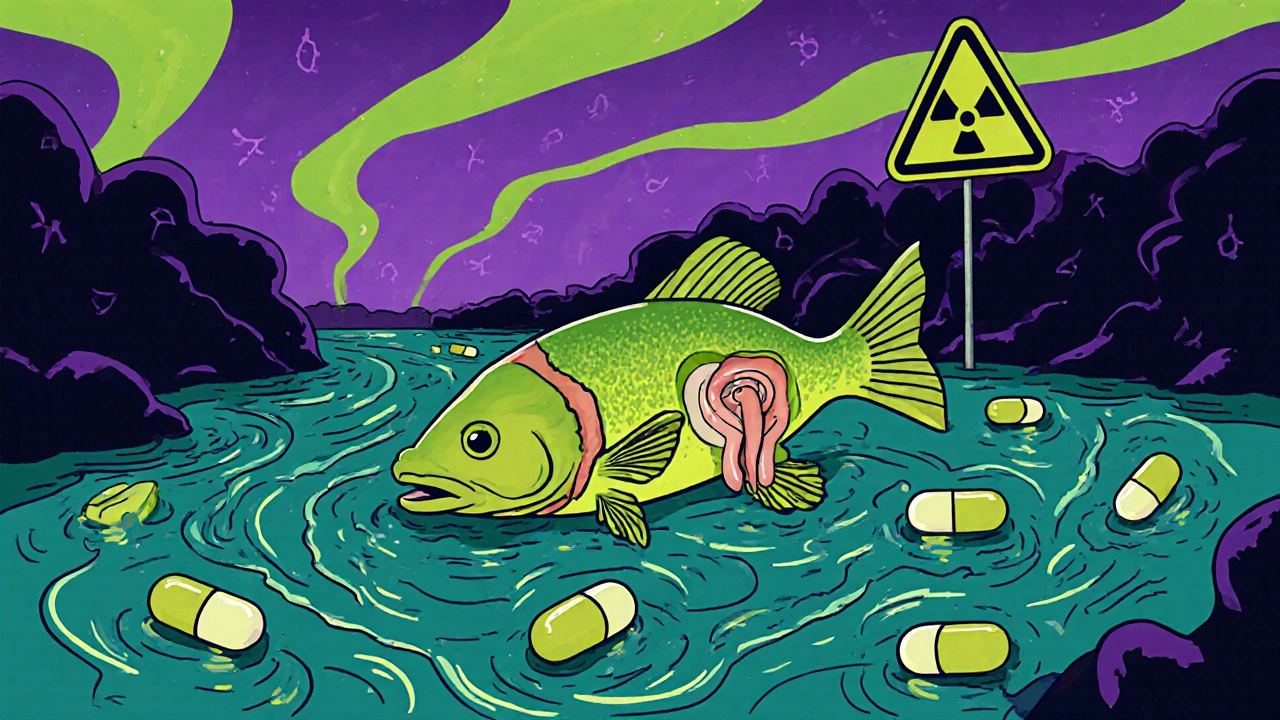

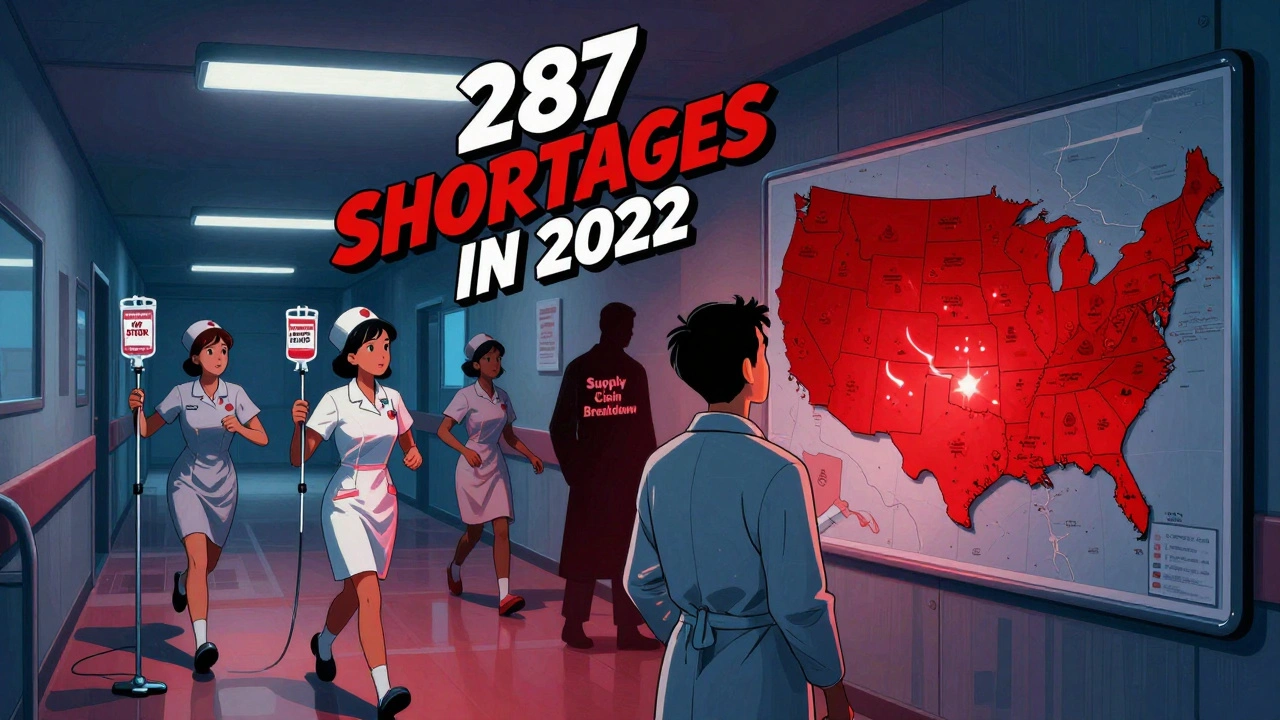
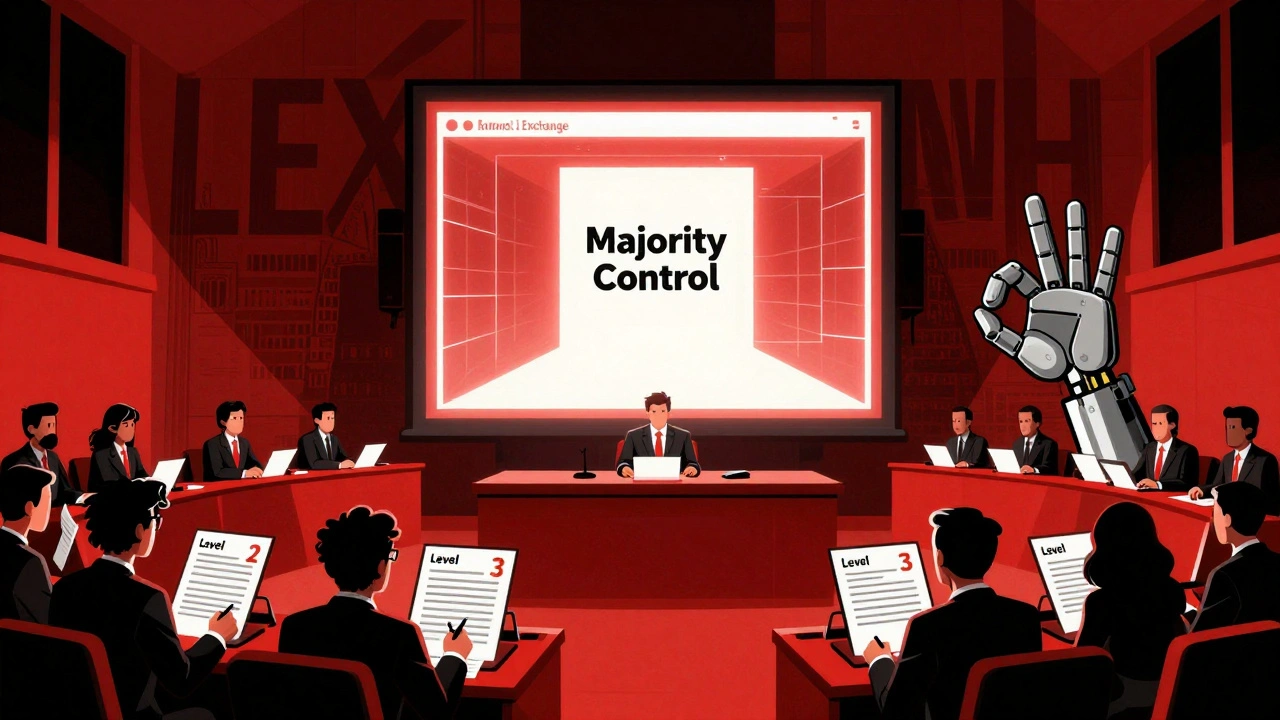
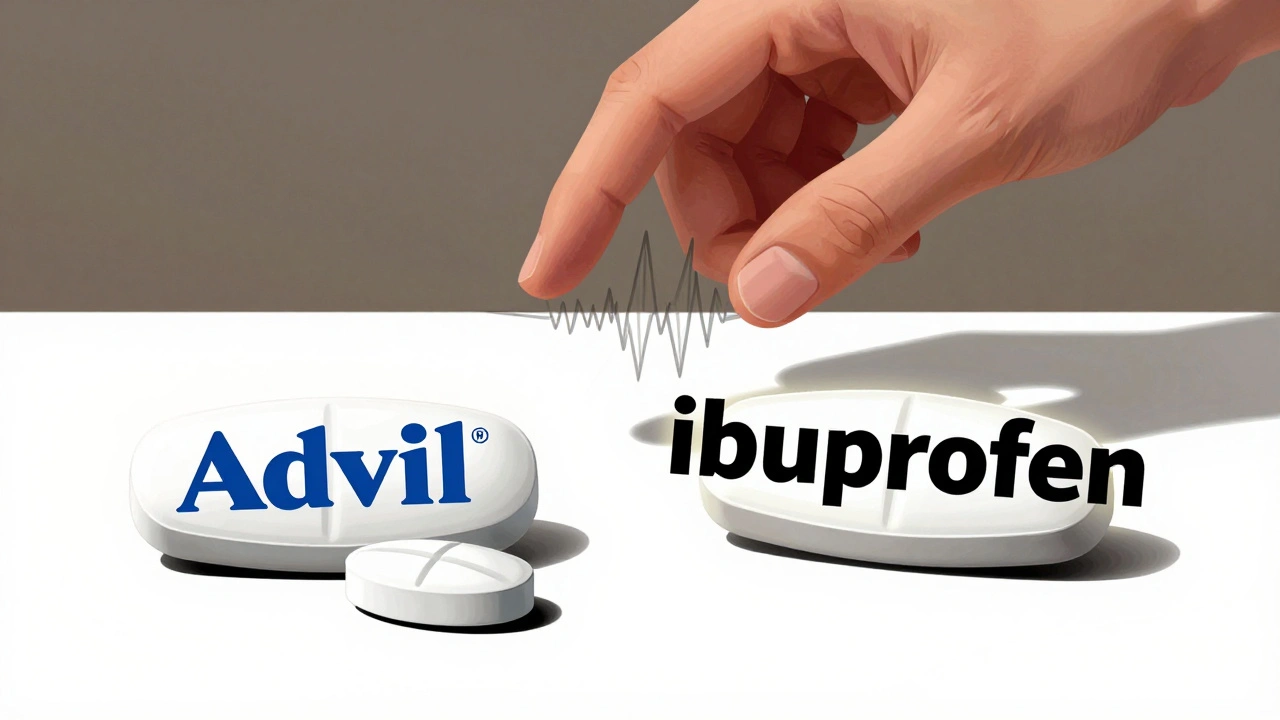

Nikki C
November 24, 2025 AT 23:32Flushing pills is just the tip of the iceberg. The real issue is we treat medicine like toilet paper-use it, dump it, forget it. But these chemicals don’t vanish. They just become someone else’s problem. Fish are turning hermaphrodite. Bacteria are evolving faster than our drugs. And we’re still buying 30-day supplies we don’t need.
It’s not about guilt. It’s about awareness. We need labels that scream DANGER TO WATER not fine print.
Alex Dubrovin
November 25, 2025 AT 06:19I used to flush everything until I saw that study about the Yarra River. Now I keep my meds in a shoebox under my bed. Not ideal but better than poisoning the water. Still wish there was a drop box in my neighborhood.
Jacob McConaghy
November 26, 2025 AT 17:04Look I get it. Flushing is bad. But let’s be real-most people don’t care. They’re stressed, tired, overwhelmed. They just want to get rid of the stuff. The system’s broken. Pharmacies should be required to take back meds like batteries. No excuses. No ‘if you can find a location.’ It’s 2025. This should be as easy as returning a package.
And yeah I know ‘take-back programs’ exist. But if you have to drive 20 miles and wait in line at a police station? Most won’t. Make it convenient or stop pretending we’re solving this.
Natashia Luu
November 26, 2025 AT 18:23This is all part of the globalist agenda to control our health. The FDA flush list? A distraction. The real pharmaceutical cartel wants you to believe you’re doing something responsible by using ‘take-back’ programs. Meanwhile, they’re lobbying against EPR laws. They profit from waste. They profit from sickness. They profit from your ignorance. Don’t be fooled.
stephanie Hill
November 27, 2025 AT 01:41Remember when we used to bury our trash? Now we flush our medicine and call it progress. I’ve got a jar of expired antidepressants in my closet. I don’t know what to do. I’m scared to throw them away. I’m scared to flush them. I’m scared someone will find them. I’m scared I’ll die from anxiety over this. This isn’t just pollution. It’s emotional terrorism.
Akash Chopda
November 27, 2025 AT 14:25Who really cares about fish anyway? We got bigger problems. Billions starving. Wars everywhere. You think a few pills in the water matters? Wake up. This is elite green nonsense to make you feel guilty so you buy more organic kale. I flush. I don’t care. The planet’s fine.
akhilesh jha
November 27, 2025 AT 18:17In India we don’t have take-back programs. We burn them. In backyards. With old tires. The smoke smells like plastic and regret. No one tells us it’s bad. No one shows us how. We just do what we’ve always done. Maybe someone should come here and teach us. Or just send us bins. Simple. No lectures.
Jeff Hicken
November 28, 2025 AT 11:42so i just threw my ex’s anxiety meds in the trash and now im feelin kinda bad like am i a bad person or what idk
Vineeta Puri
November 29, 2025 AT 02:07Thank you for this thorough and compassionate overview. Many individuals, particularly the elderly and those with limited mobility, are unaware of safe disposal options. Community outreach, paired with pharmacist-led education during prescription pickups, could dramatically improve compliance. We must treat pharmaceutical stewardship as a public health imperative-not a personal inconvenience.
Victoria Stanley
November 29, 2025 AT 10:49I started keeping a medicine cabinet log. Every time I get a new script, I write down what I’m taking and when it expires. Every 3 months I clean it out. If I don’t need it, I call my pharmacy. It takes 10 minutes. No drama. No guilt. Just responsibility. You can do this too.
Andy Louis-Charles
November 30, 2025 AT 07:42Just found out my local CVS takes back meds 🙌 No more flushing. Also bought one of those pill shredders for the ones I mix with coffee grounds. Small steps. Big impact. 🌱💧
Douglas cardoza
December 2, 2025 AT 02:16My grandma used to say ‘if you don’t need it, don’t take it.’ Guess she was ahead of her time. I’m gonna start asking for smaller prescriptions now. Feels good to do something simple that actually helps.
Nikki C
December 3, 2025 AT 08:22They just added three more opioids to the flush list. Guess they finally realized people were dying from accidental overdoses. Funny how environmental damage only matters when it’s not killing people yet.